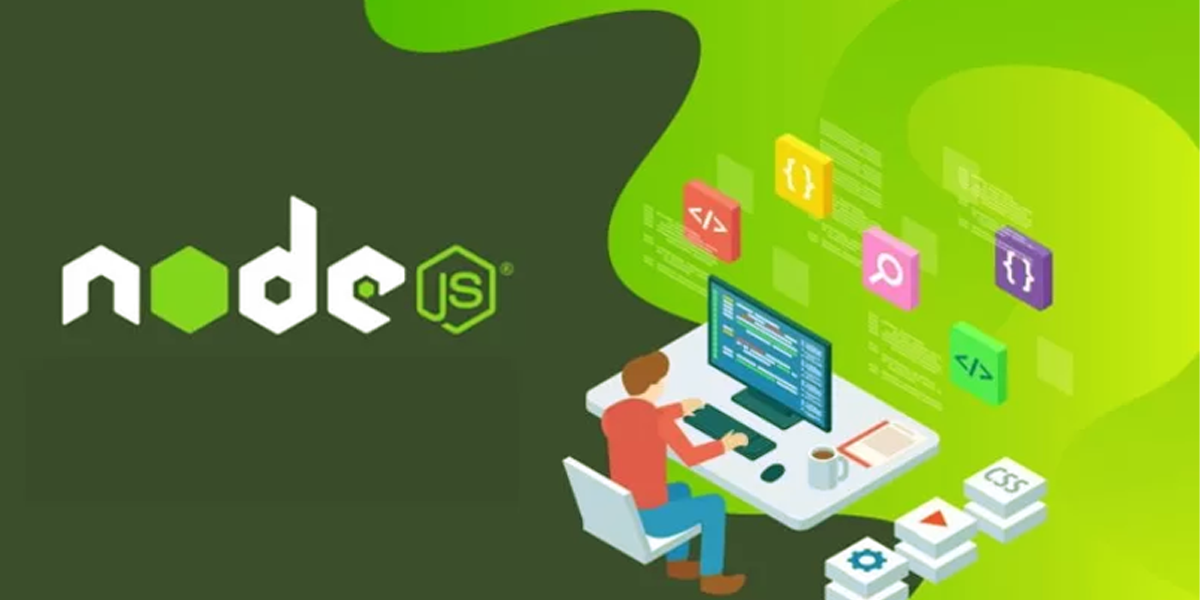
Node js Course
Perfect for beginners and those with some coding experience, this course introduces you to Node.js, a powerful runtime environment.
2 Weeks
20H
4.4
COURSE OUTLINE :
-
What is Node.js and what are its main features?Node.js is an open-source, cross-platform runtime environment for executing JavaScript code outside a web browser. Its main features include an event-driven, non-blocking I/O model, making it lightweight and efficient, perfect for data-intensive real-time applications.
-
What does it mean that Node.js is event-driven?In an event-driven architecture, operations are initiated by events (such as user actions, I/O operations, or messages).
-
Explain non-blocking I/O in Node.js.Non-blocking I/O allows Node.js to initiate an I/O operation (like reading a file) and then move on to other tasks before the operation completes.
-
What are some of the global objects available in Node.js?Some global objects in Node.js include __dirname (directory name of the current module), __filename (file name of the current module), global (global namespace object), and process (provides information about the current Node.js process).
-
What is the purpose of modules in Node.js?Modules are used to encapsulate code into reusable components. They help in organizing and maintaining code by splitting it into smaller, manageable pieces. Node.js uses the CommonJS module system, and modules are included using the require function.
-
What is NPM and why is it important?NPM is the default package manager for Node.js, which helps in managing dependencies for Node.js projects. It allows developers to install, update, and remove packages from the NPM registry, facilitating the sharing and reuse of code.
